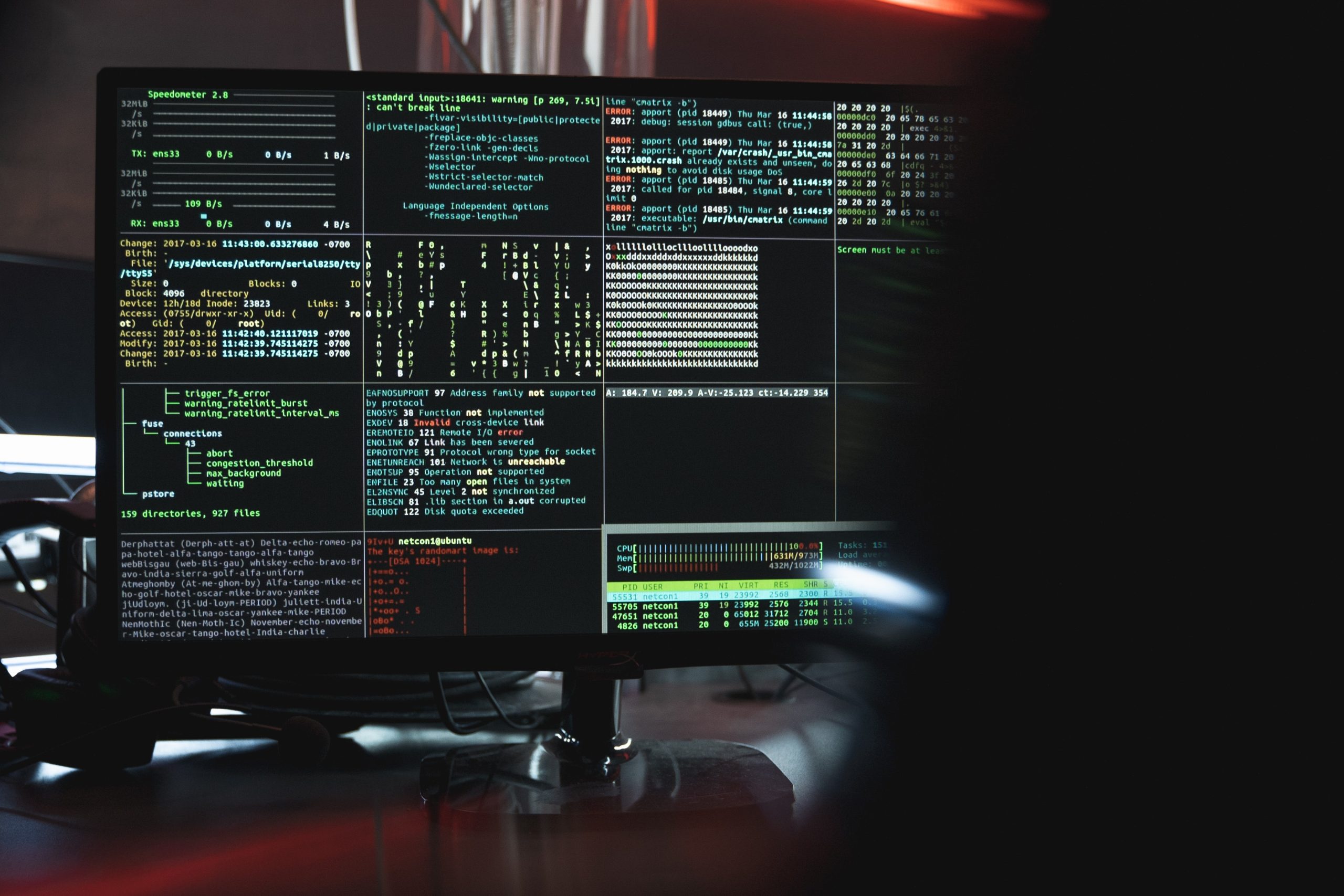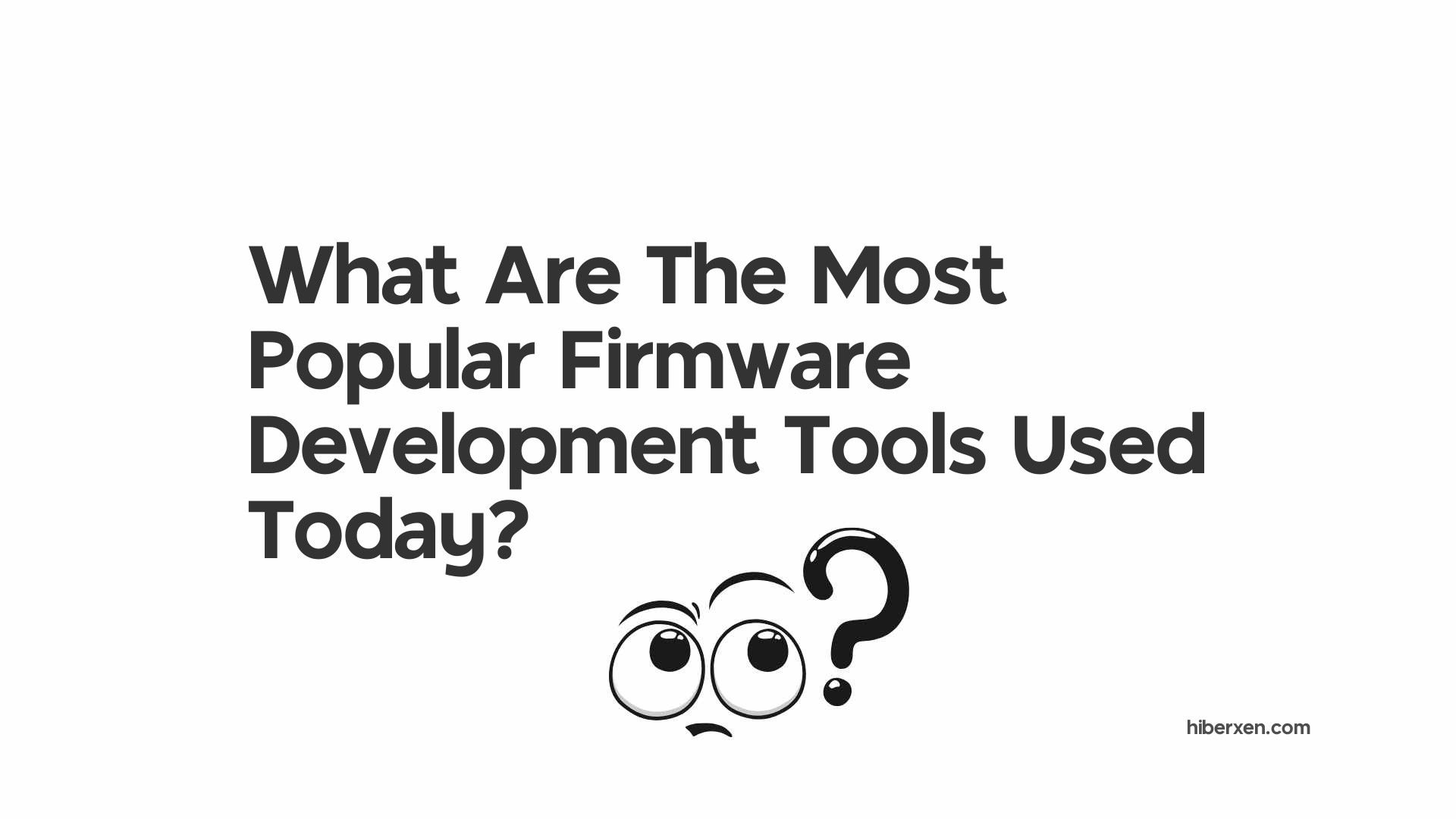There are many firmware development tools available, each with its own strengths and weaknesses.
Firmware development tools are used to develop and debug firmware for embedded systems. They typically include a compiler, assembler, linker, debugger, and flash programmer.
The tools used for firmware development vary depending on the CPU architecture and the embedded system. For example, the GNU toolchain is often used for firmware development on ARM-based embedded systems. The Microchip MPLAB X IDE is used for firmware development on Microchip PIC microcontrollers.
Firmware development tools typically include a simulator, which can be used to test the firmware before it is flashed onto the embedded system. This is important, as it can be difficult to debug firmware once it is running on the embedded system.
Developing firmware for embedded systems can be a challenging task. It is important to have a good understanding of the embedded system hardware, as well as the software that is running on it. Firmware development tools can help make this task easier by providing the necessary tools for development and debugging.
What Are The Most Popular Firmware Development Tools Used Today?
The most popular firmware development tools used today are the Eclipse IDE and the GNU Debugger.
Firmware development tools are used to develop, debug and deploy firmware. The most popular firmware development tools used today are:
1. Eclipse IDE: Eclipse is a popular open source Integrated Development Environment (IDE) used for firmware development. It supports a variety of programming languages and can be extended with plugins.
2. IAR Embedded Workbench: IAR Embedded Workbench is a commercial IDE used for firmware development. It supports a variety of programming languages and has a built-in debugger.
3. Keil MDK-ARM: Keil MDK-ARM is a commercial IDE used for firmware development on ARM-based microcontrollers. It includes a compiler, assembler, linker and debugger.
4. Atmel Studio: Atmel Studio is a free IDE used for developing firmware for Atmel microcontrollers. It includes a compiler, assembler, linker and debugger.
5. Microchip MPLAB X: Microchip MPLAB X is a free IDE used for developing firmware for Microchip microcontrollers. It includes a compiler, assembler, linker and debugger.
What Are The Benefits Of Using Firmware Development Tools?
Firmware development tools can help improve the quality and stability of your firmware, and can also help speed up the development process.
Firmware development tools can offer many benefits to developers, including the ability to:
-Easily create and edit firmware images
-Manage dependencies and configurations
-Build and test firmware images
-Automate firmware image creation
Firmware development tools can save developers a lot of time and effort when compared to working with raw binaries. In addition, these tools can also help to ensure that firmware images are created correctly and are free of errors.
One example of a firmware development tool is the popular Eclipse IDE. Eclipse offers many features that can be useful for developers working on firmware, including a powerful editor, a dependency manager, and automated build and testing capabilities.
How Do Firmware Development Tools Help Streamline The Development Process?
Firmware development tools help streamline the development process by automating repetitive tasks and providing an integrated development environment.
When it comes to firmware development, there are a few key tools that can help streamline the process. By using a development board, firmware developers can quickly and easily test their code without having to go through the process of flashing it onto a physical device. In addition, using a debugging tool can help identify any issues with the code and provide a way to fix them quickly.
One of the most important aspects of firmware development is testing. In order to properly test code, firmware developers need to be able to flash it onto a device and then test it to see how it behaves. However, this process can be time-consuming, especially if there are multiple devices that need to be flashed. Using a development board can help speed up this process by allowing developers to quickly and easily flash their code onto the board and then test it.
In addition to testing, another important aspect of firmware development is debugging. If there are any issues with the code, it’s important to be able to identify them and then fix them quickly. Debugging tools can help with this by providing a way to see what’s going on with the code and identify any areas that need to be fixed.
Overall, firmware development tools can help streamline the development process by providing a way to quickly and easily test code and identify any issues. By using a development board and a debugging tool, firmware developers can save a lot of time and effort, and ensure that their code is of high quality.
What Are Some Of The Challenges Associated With Firmware Development?
One example of a firmware development challenge is the recent outbreak of the WannaCry ransomware. This malware targeted a flaw in Microsoft Windows that was primarily used by businesses. The flaw had been patched by Microsoft, but many businesses had not applied the patch. As a result, the WannaCry malware was able to infect millions of computers and encrypt the data on them. To mitigate the threat, Microsoft released a new patch for Windows, and businesses had to scramble to apply it. This event highlights the importance of keeping firmware up to date.
What Are The Best Practices For Using Firmware Development Tools?
Firmware development tools are essential for any embedded systems engineer. They enable you to develop, test and debug firmware for your embedded system. In this article, we will explore the best practices for using firmware development tools.
The first step is to choose the right development tool for your project. There are a number of different development tools available, each with its own strengths and weaknesses. It is important to select a tool that is compatible with your development environment and that has the features you need.
Once you have selected a development tool, the next step is to set up your development environment. This will involve installing the toolchain and setting up the build environment. It is important to ensure that your development environment is consistent and that all of the tools are properly configured.
The next step is to write your firmware. This will involve writing code in the development tool’s native language. It is important to write clean, well-organized code that is easy to read and understand.
Once your firmware is written, the next step is to compile it. This will produce a binary file that can be flashed onto your embedded system. It is important to ensure that your firmware is free of errors before flashing it onto your system.
The final step is to test your firmware. This will involve running it on your embedded system and verifying that it works as expected. It is important to test your firmware thoroughly before releasing it to your users.
By following these best practices, you can ensure that your firmware development process is smooth and efficient.
FAQ
How Can Firmware Development Tools Be Used To Improve The Quality Of Firmware?
What Are The Most Common Problems That Occur During Firmware Development?
How Can Firmware Development Tools Be Used To Debugging Firmware?
What Are The Different Types Of Firmware Development Tools Available?
There are a variety of firmware development tools available, including:
– Integrated Development Environments (IDEs)
– Cross compilers
– Debuggers
– In-circuit emulators
IDEs provide a complete environment for firmware development, including a text editor, compiler, linker, and debugger. Cross compilers allow code to be compiled for a different target platform than the one the compiler is running on. Debuggers allow for debugging of code either on the target platform or on a simulator. In-circuit emulators provide a way to test code on actual hardware.
Which Firmware Development Tool Is The Best For A Particular Project?
Conclusion
Firmware development tools are essential for anyone looking to develop firmware for their devices. There are a wide variety of firmware development tools available, each with their own strengths and weaknesses. The right tool for the job will depend on the specific needs of the developer. However, with the right tool, firmware development can be a relatively simple and straightforward process.
If you still have any questions about firmware development tools, feel free to comment below.
Author
-
I'm Shahrear, a Designer Lead who loves electronics. Since 2003, I’ve been traveling and living all over the world. I love breaking down complex concepts in electronics and presenting them to others in an approachable way. I think that the language used in most books about electronics is hard for people who don't already know about electronics to understand. I want that to change. So, I've started blog where I talk about everything on electronics for people who are just starting out.
View all posts






